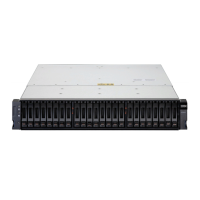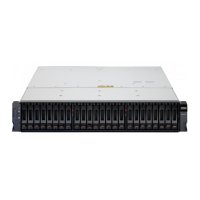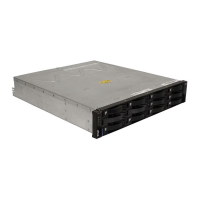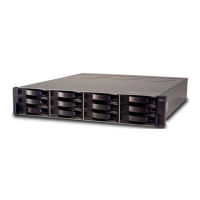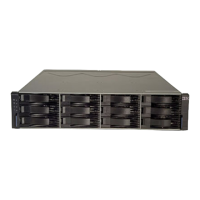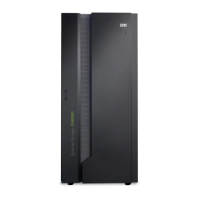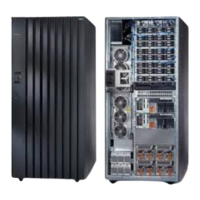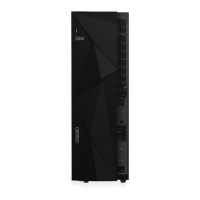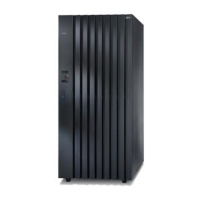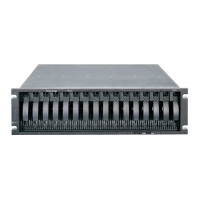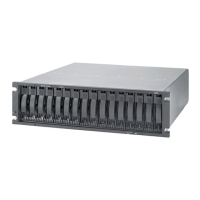Models and optional devices
The DS3500 storage subsystem RAID controller cache size, partitions, and other
features vary depending the model and optional devices.
Contact your IBM marketing representative or authorized reseller for more
information about the models and options.
Operating-system support
The following operating systems are supported for host servers that have mapped
LUNs that are created in the DS3500 storage subsystem with expansion
enclosures:
v IBM AIX
v IBM Linux on POWER (LoP)
v Microsoft
®
Windows
®
Server 2003
v Microsoft Windows Server 2008
v Red Hat
®
Enterprise Linux
®
v SuSE Linux Enterprise Server
v VMware ESX Server
For additional host operating-system support, see the latest DS Storage Manager
software readme file and the IBM DS3000 series products interoperability matrix at
http://www.ibm.com/systems/storage/disk/.
Product updates
Important: To keep your storage subsystem up-to-date with the latest firmware and
other product updates, register the storage subsystem for technical support
notifications. Go to http://www.ibm.com/servers/storage/support/disk/. From the
menu at the top of the page, click My IBM and select My Technical Support.On
the next page, click register now.
Download the latest version of the DS Storage Manager software, DS3500 storage
subsystem controller firmware, DS3000 series expansion enclosure firmware, and
drive firmware when you initially install the storage subsystem and when product
updates become available.
To receive product updates, complete the following steps:
1. After you have registered, type your user ID and password to log in to the site.
The “My notifications for technical support” page opens.
2. From the Subscribe tab, click Storage disk systems.
3. Click the box next to the product you want to receive information about.
4. Click Continue.
5. Under Notify me by, click e-mail.
6. Click the Submit button to complete the notifications process.
Best practices guidelines
To ensure optimal operation of your system, always follow these best practices
guidelines:
Chapter 1. Introduction 5
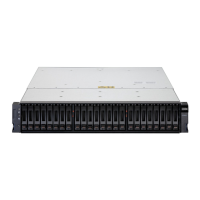
